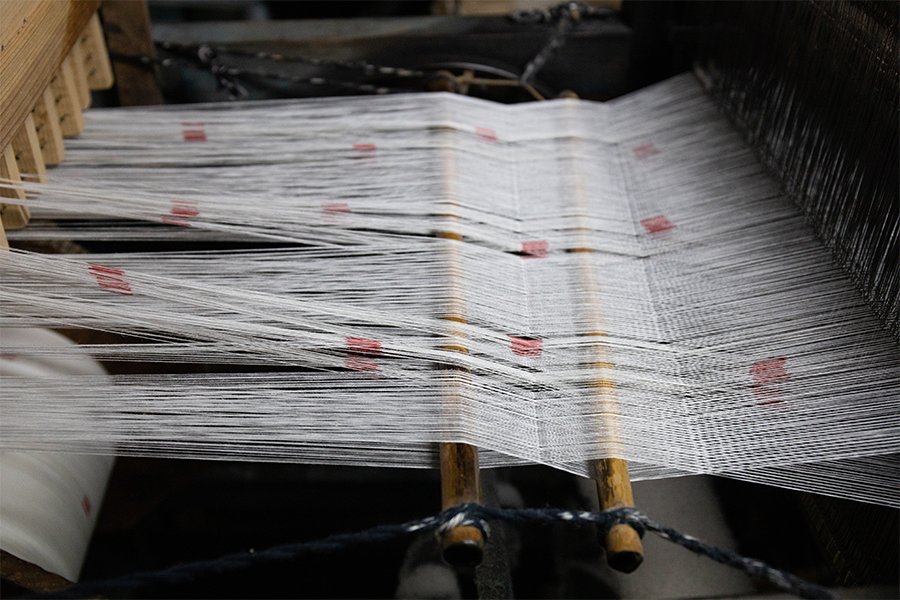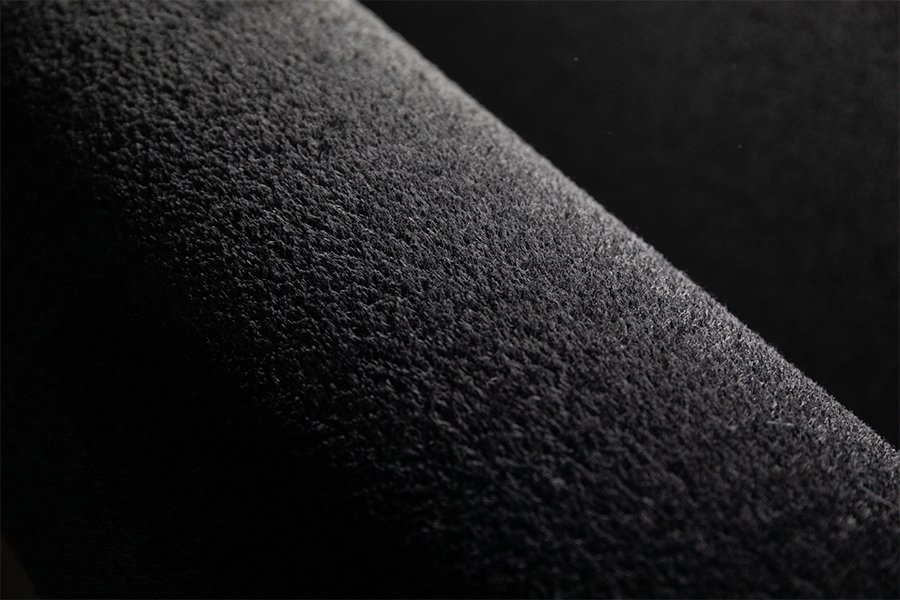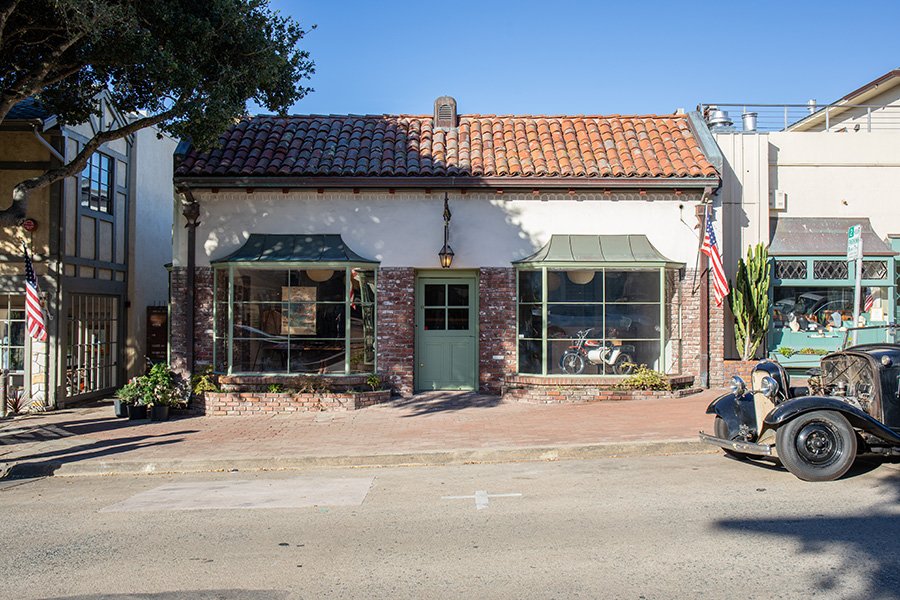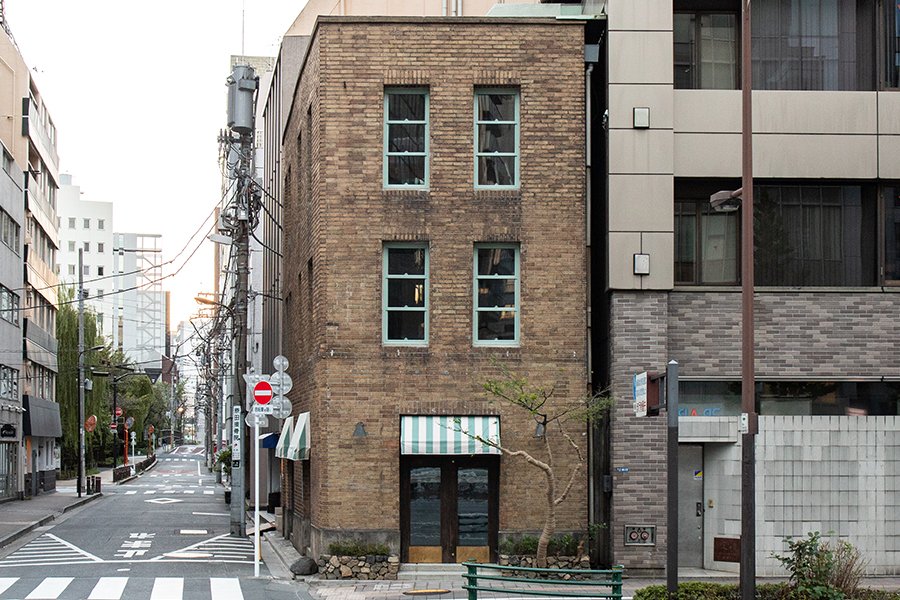Dissertation
VISVIM GENERAL STORE / VISVIM GALLERY
VISVIM GENERAL STORE / VISVIM GALLERY, visvim's newest store which opened in the Naka-Meguro area of Tokyo, in July 2022, is filled with the work of various artisans who have dedicated their lives to their craft-beginning with the Japanese garden, the tin pedestals and countertop, along with the stencil-dyed (katazurizome) fusuma sliding screens. A follow up to his work at WMV VISVIM TOKYO, Hiroki Nakamura was responsible for the design direction of the new store. We hope you'll come visit the store to witness and experience the incredible handiwork of these master craftspeople to better understand its profound charm, which is something that is in alignment with the philosophy towards product creation that we try and uphold at visvim.
| Category: | Shops |
|---|
| Date: | 2022.10.25 |
|---|
| Tags: | #contrarydept #indigocampingtrailer #littlecloudcoffee #nakameguro #peerless #subsequence #visvim #visvimgeneralstore #wmv |
|---|

A reflective place where one can come into contact with profound handiwork to contemplate the true essence of creating product.
VISVIM GENERAL STORE / VISVIM GALLERY, visvim's newest store which opened in the Naka-Meguro area of Tokyo, in July 2022, is filled with the work of various artisans who have dedicated their lives to their craft-beginning with the Japanese garden, the tin pedestals and countertop, along with the stencil-dyed (katazurizome) fusuma sliding screens. A follow up to his work at WMV VISVIM TOKYO, Hiroki Nakamura was responsible for the design direction of the new store. We hope you'll come visit the store to witness and experience the incredible handiwork of these master craftspeople to better understand its profound charm, which is something that is in alignment with the philosophy towards product creation that we try and uphold at visvim.
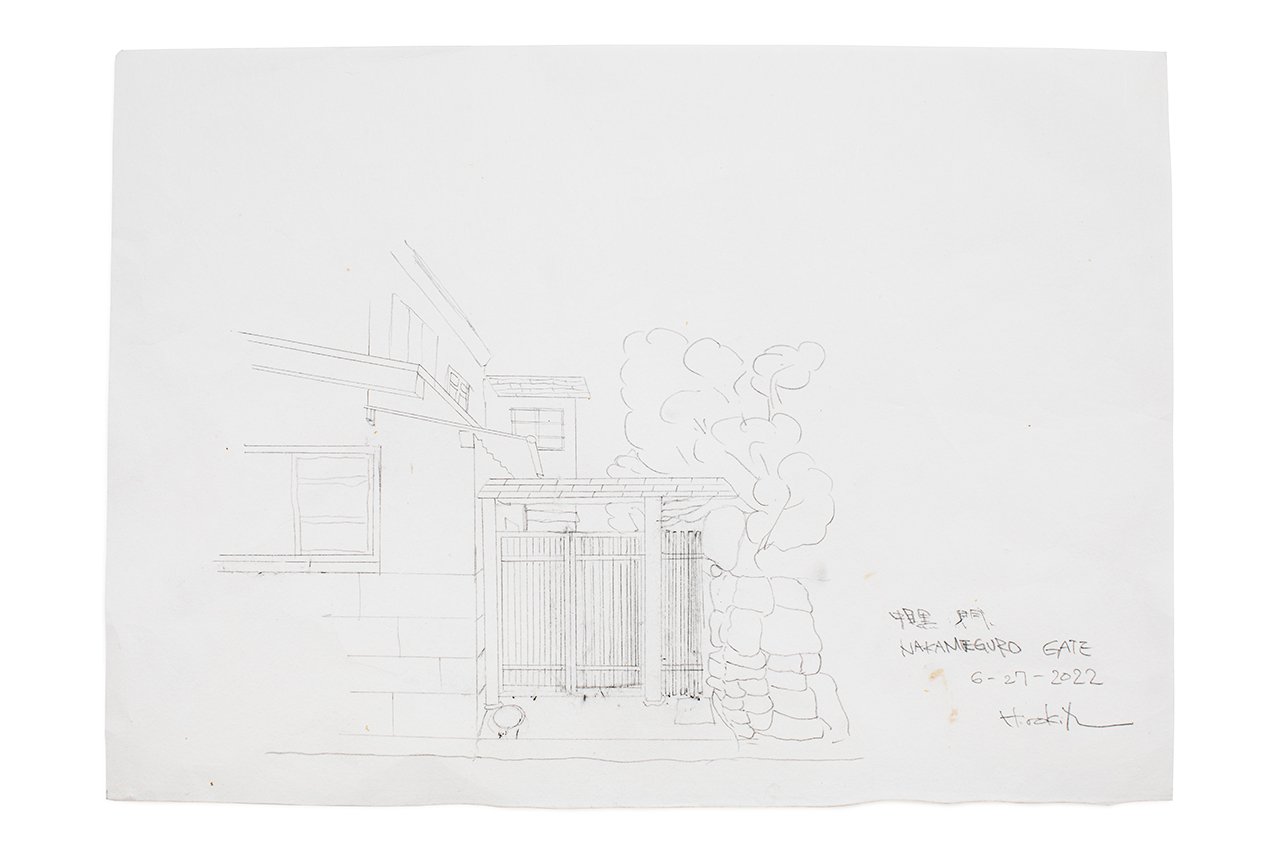
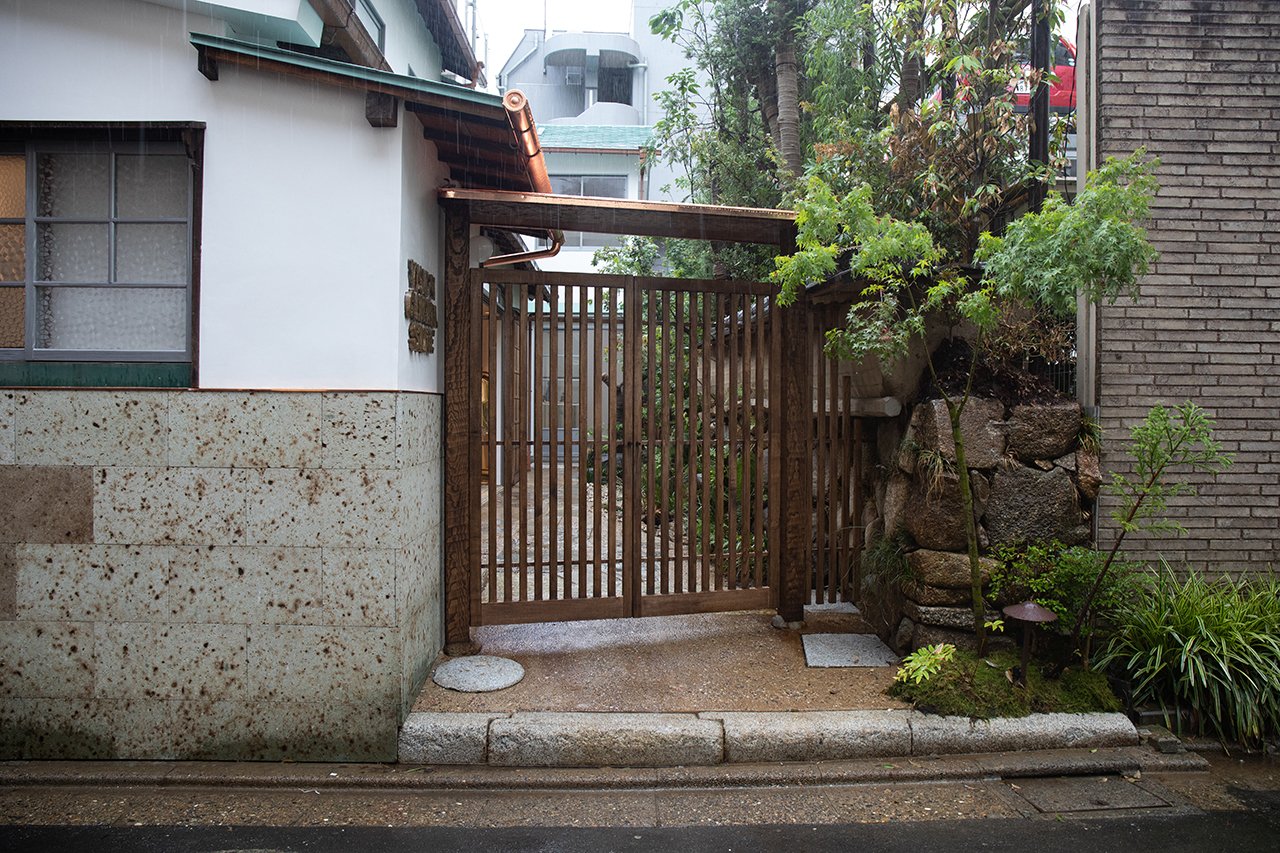
Master Yasumoro's Garden
More than a decade ago when I first began living in my current home in Tokyo, I didn't really give much thought to the presence of the garden. Now that I think about it, even though gardens are man-made, this one felt so natural and lacked any overbearing assertions that resulted in me not taking any notice of it.
One day, I was looking out at the garden when I finally realized just how incredible it was. The stone masonry, earthen wall, pillars, the gate, tiles, paving stones, and lanterns. Usually when people have this much input or contribution towards something, one tends to notice the human presence where it seems unnatural and they may begin to feel that something's not quite right, or you start to feel a sort of discomfort that you can't quite place. Certain people might indeed choose to come to a garden to feel the solemnity that this insistent assertion can provide. However that isn't present in this garden. The man-made elements naturally form with the earth, stones, and wide variety of plants, all growing and gradually decaying together, creating a modest understated beauty that's always growing. It felt to me like a creation whose true essence had anticipated its appearance over time.
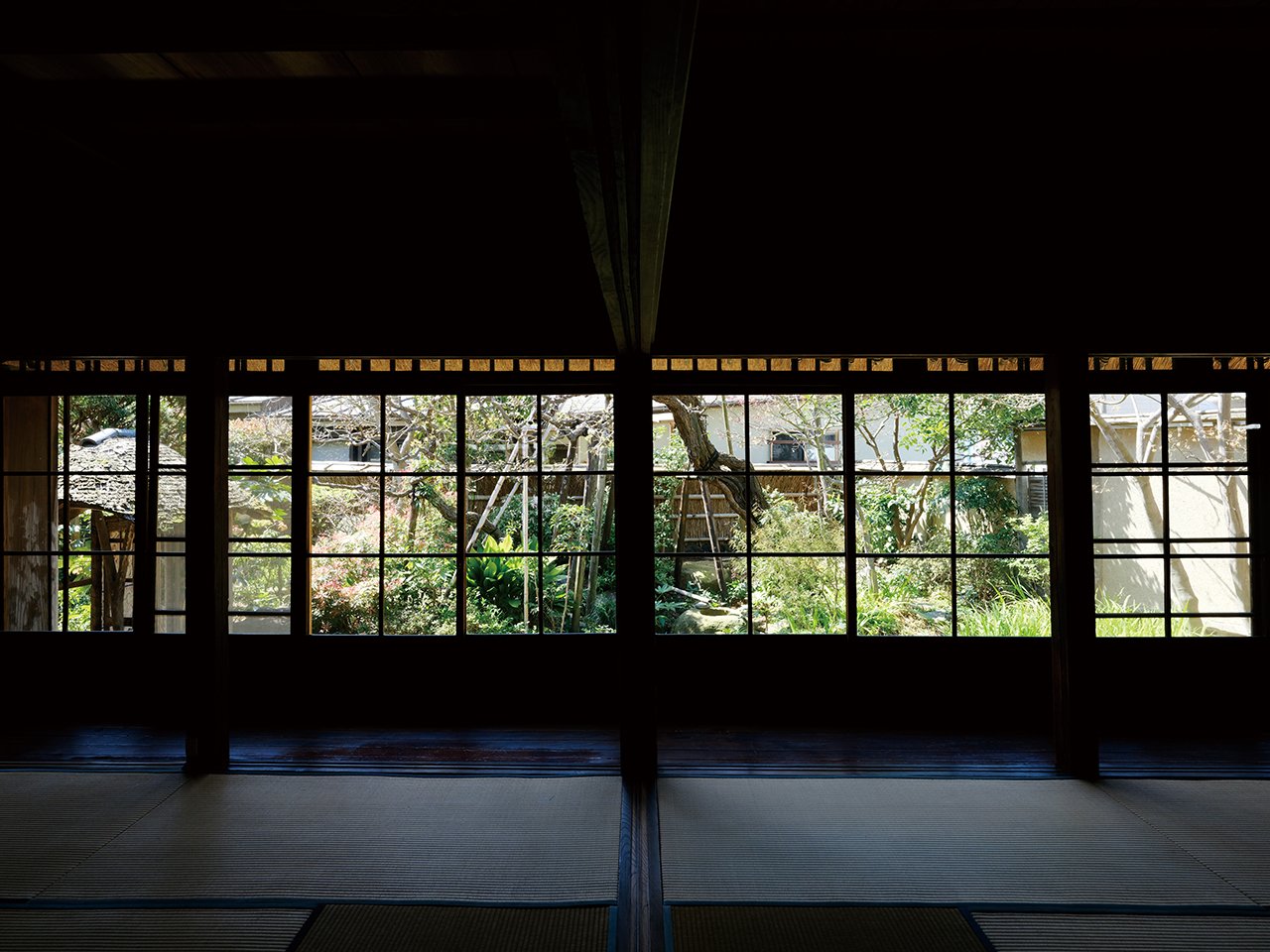
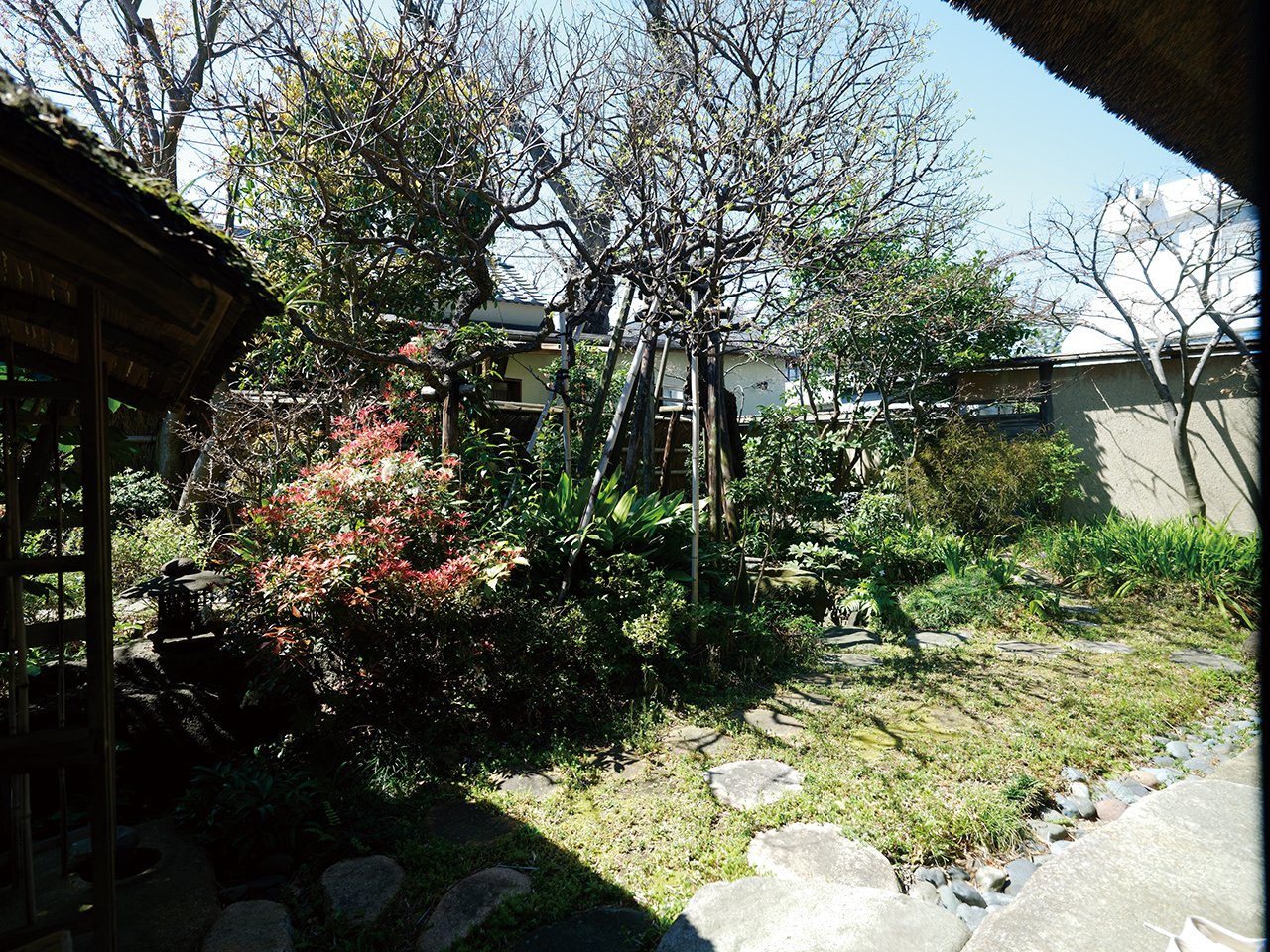
It was only a while later when I learned that it was Master Yasumoro who created this garden. What I learned after meeting him was that the materials used in his gardens were completely different from other gardens. None of his wood was hewn, both the wood and stones he worked with were collected from mountains and rivers and were processed on site. The tiles he used were repurposed from old houses. What linked all these pieces together was the fact that they were all materials that had aged with time. Whereas speed, a low price, and ease of use are desired by modern society, Master Yasumoro's approach falls into the complete opposite category, It is this fastidiousness toward the minor details that can't be seen without looking closely at each item individually, that has allowed him to create a comfortable garden which balances the harmony between the man-made and the natural world.
I try to create items that will grow more beautiful over the years as they express the individuality of their wearer. This is a valuable concept to my creative process and is one that is shared with Master Yasumoro's approach to his gardens. It was an opportunity for me to remember once again the importance of putting extra effort into the inner details or other areas that people don't usually notice even when it came to making clothes and shoes.
I often have the impression that many people including Master Yasumoro of a previous generation, reside closer to nature than we do and live their lives with an unrestrained free way of thinking. I feel that they don't have that certain type of pride that causes you to wonder how other people may view you, but instead they value the sanctity of choosing how you wish to be. These values are equally present in their work. It is exactly because of this that they are able to create while remaining particular about the minute details that only they can understand.


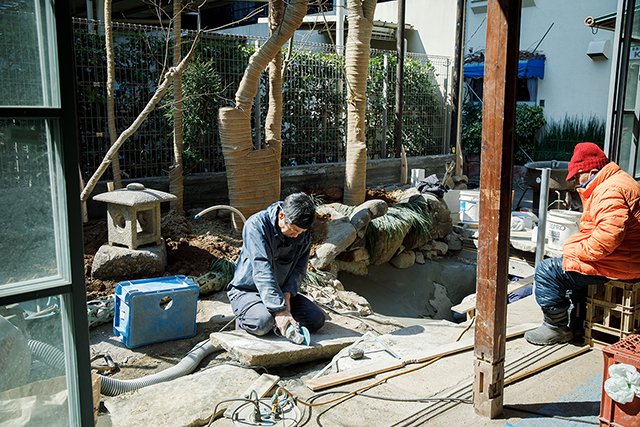
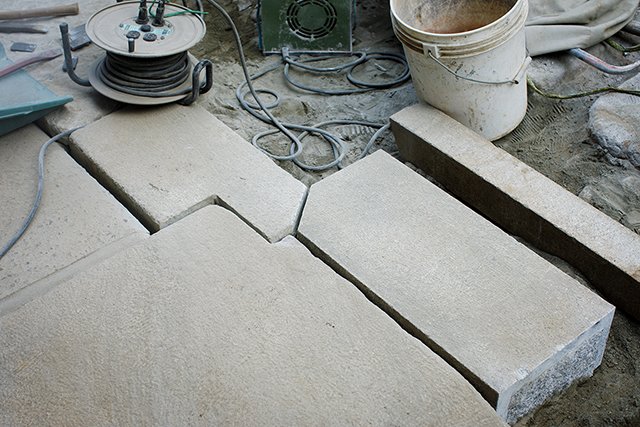
While at one point Master Yasumoro may be adjusting the position of a pebble by a few millimeters, the next day he'll cover the whole thing with earth, and begin to consider the positioning of other rocks or moss. Of course, for our garden too, the trees and rocks he uses are those he gathered from mountains or rivers. Then, on site, he uses his saw, axe, or chisel to craft them into the desired shape. During the process of creating the garden at VISVIM GENERAL STORE, there were days where he spent the entire day adjusting the position of a single paving slab. It took around ten months of Master Yasumoro making decisions then going back on them for the garden to finally reach completion. The reason why we recorded and showed this process was to help people realize that this kind of work still exists today. We want people to interact with the work of craftspeople who have strong aspirations and desire to create ever better things, and for people to think more about craft itself. We hope that our garden will become such a place.
*Videos of the creation of the garden and an interview with Master Yasumoro are available to view on the Subsequence website.
Tin Counter and Pedestals
Tin is an incredibly soft and malleable material. It has been used since ancient times, with its application in ritual items and decorations in ancient Egypt showing how long it has been a part of human history. In 14th century England, the tin mined there was industrialized to be crafted chiefly into tableware to be used by people across Europe. Boasting the properties of being both nontoxic and non-corrosive in water, as well as its relatively cheap price, tin products were used and loved by many people for a long time. However, the rise of pottery and porcelain as well as the development of techniques to refine, cast, and develop metals, like stainless steel, became a cause for tin to lose the place it had previously held.
Tin has a property wherein it changes slowly with the passing of time, this is the primary reason why older tin with a patina has a certain unique flavor that other metals do not have. When I was considering the design for VISVIM GENERAL STORE, I realized that I wanted to create an expressive counter and pedestals which would take on the marks left by the people who would visit each passing day, and for that reason I decided to use tin as my material of choice.


We requested Seiwa Hada, a tin artist, for this project whose work is done extensively by hand. After crafting each piece of tin in a stone mold, he connects them together so that they fit neatly together over their countertop or pedestal. Tin is also used to connect two separate pieces together. This process of connecting two parts with the same material requires a special burner to slowly melt the tin before connecting each part making sure there are absolutely no gaps-not just those that are visible on the surface. A special tin-specific hand scraper is then used to scrape the surface once the counter or pedestal has been fully covered. Like when using a plane with wood, the surface of the countertop is thinly hacked away to remove any impurities on the surface to reach the natural surface of the tin. The scraper is small and when the surfaces are large it can be an exhausting and lengthy process to complete.

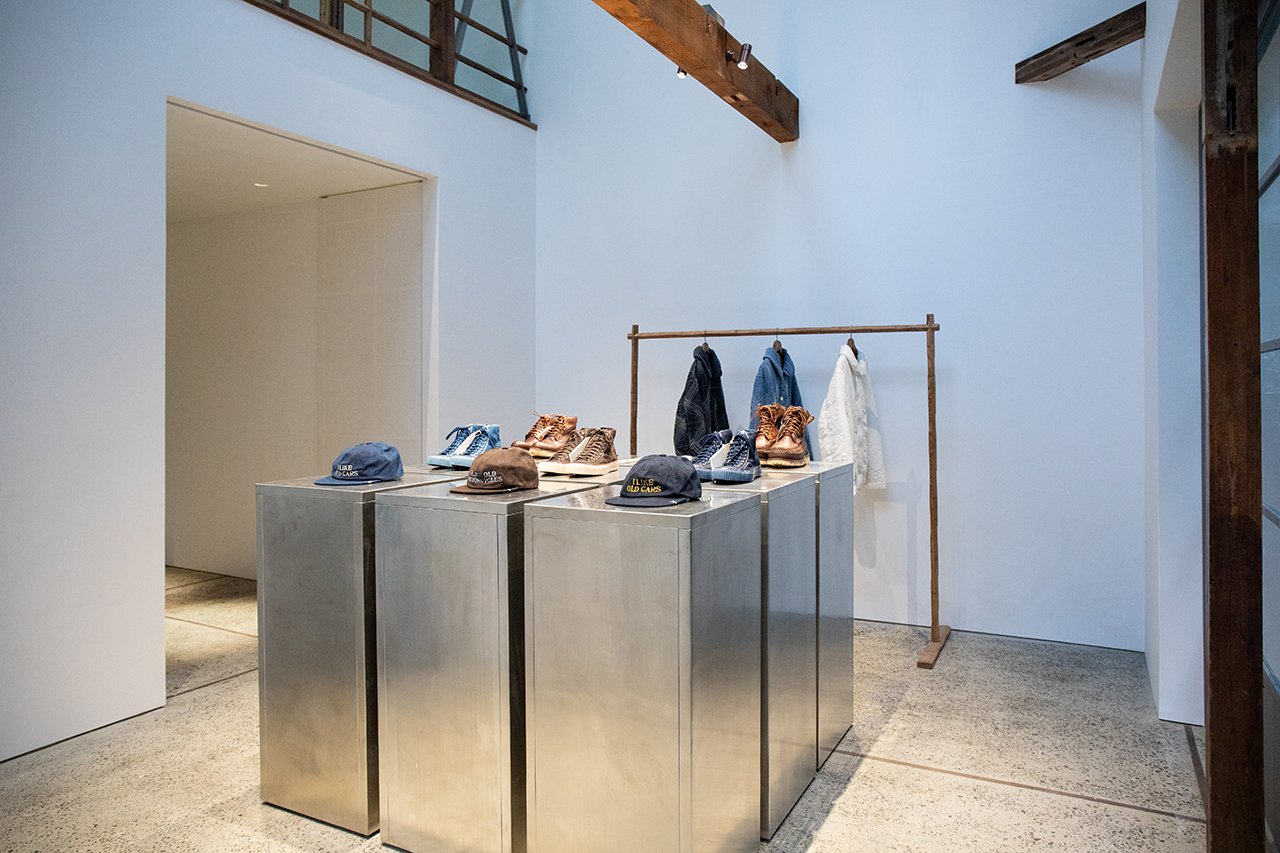
Touching the countertop and platforms once the work is complete, the slightly warped surface of the material feels almost like organic matter. Despite being metal, it's soft and gentle. It's an exciting prospect to consider how the countertop and the pedestals will change and grow more in appearance as they continue to be used.
Katazurizome Fusuma
Katazurizome-a type of stencil dyeing that is completed by application of a dye with a unique rubbing manner. You can read more about the process of Katazurizome on the Dissertation page.
Standing in the section where the ceiling opens up and is also vaulted inside the VISVIM GENERAL STORE, when looking up at the second floor what strikes the eye the most is a fusuma sliding door covered in a range of blue cross patterns in all sizes. This fusuma, with its faint color irregularity that can be seen from afar, has been dyed using the katazurizome technique.
Since we implemented the dyeing techniques of katazurizome (a method which led to the development of yūzen, a type of resist dyeing with its own long history) into our products, we have always requested the work to be done by the dyer Hagiwara, who has worked on not only fabrics for our clothes, but also a range of items of all sizes from washi paper to fusuma. The large fusuma in WMV VISVIM TOKYO is one of Hagiwara's works.




It is a lengthy process that must be completed by hand through slowly adding colors with the ise-katagami stencils and a brush, but that is all the more reason why the finished product is so expressive. Hagiwara's workshop, which had been running for four generations since the Meiji era, has unfortunately closed its doors as of this year. We hope that the techniques and the appeal of handiwork such as this-work which requires an incredible amount of time and effort to complete-will be carried on by future generations.
Movie: Takeshi Abe
VISVIM GENERAL STORE / VISVIM GALLERY
1-22-11, Aobadai, Meguro-ku, Tokyo
+81 (0)3 6452 4772




